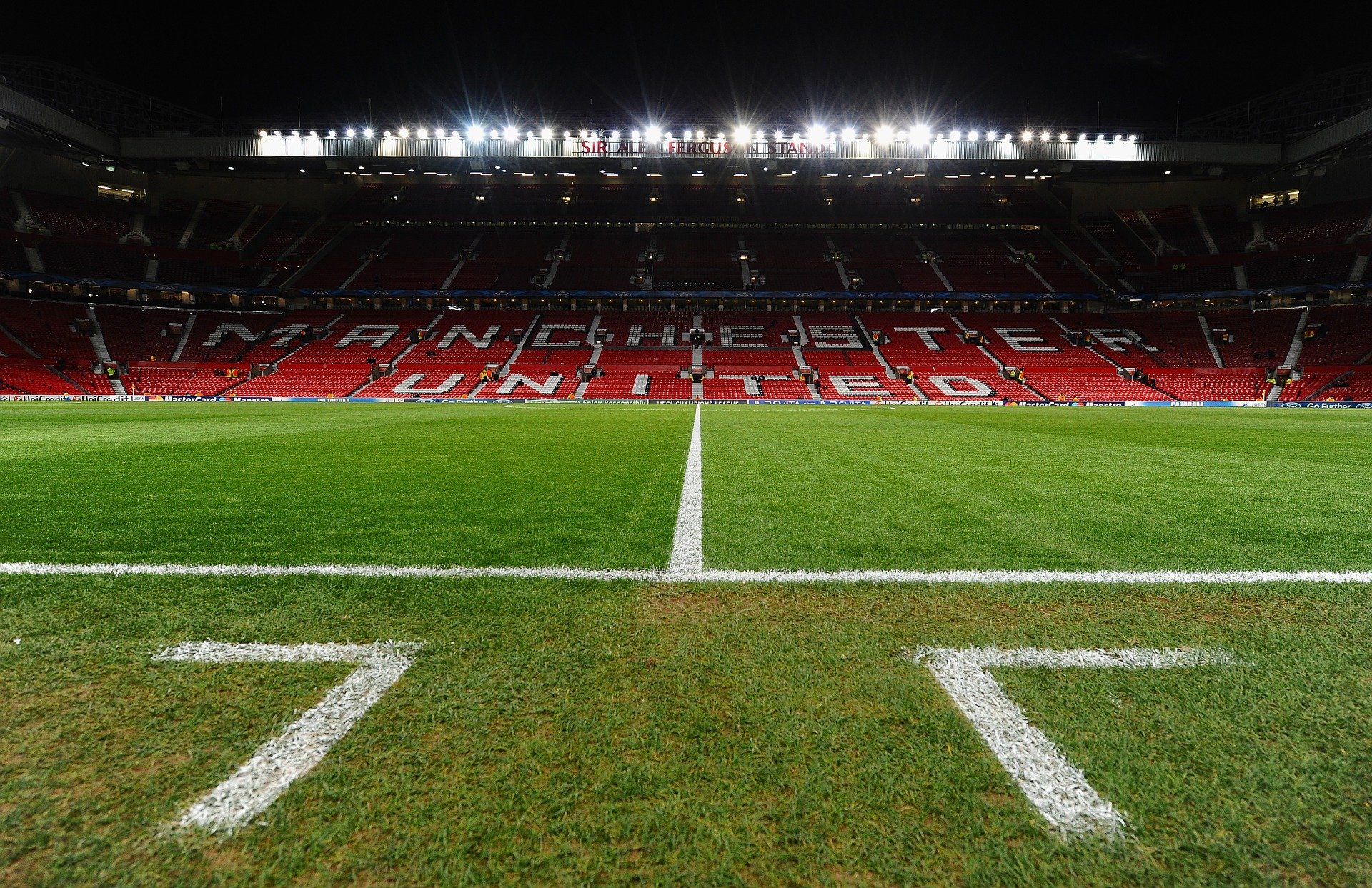With football now in full swing and Fantasy Football Leagues the hot topic in workplaces and WhatsApp groups (I’m currently winning in the Social league at the time of writing!), Paddy Power is up to no good once again. This time round it’s Manchester United bearing the brunt of the joke.
After a transfer window that left many Manchester United fans disappointed and a terrible defeat against Tottenham Hotspur on the Sunday evening, the Monday morning saw Paddy Power assemble a who’s who shopfront in the middle of Manchester City Centre displaying the football players the club was supposedly to sign for the season. The shop was aptly named Woodward’s after Manchester United’s Chief Executive Ed Woodward.
This activation had a very swift turnaround with the brief coming in on the Friday and the activation going live the following Monday. Planning activity around live events and real time situations is always associated with a higher level of risk, after all, Manchester United could have signed one of those players during that time, which would have significantly reduced the impact of the installation. I for one am very happy to see that physical marketing activity like this is still being implemented and shows no sign of stopping despite COVID.
Head down to Manchester for Woodward’s window shopping experience. #DeadlineDay pic.twitter.com/hX14h7pAIg
— Paddy Power (@paddypower) October 5, 2020
When delivering experiential marketing activity, it’s much easier to plan installations based on a brand or a product, but when centring it on live events there will always need to be contingencies in place. Making sure you can adapt and be flexible pivoting ideas, messaging, imagery and physical presence at the last minute is crucial.
Alternatively, when capitalising on real-time events a much more time and money efficient way to do this is through online activity. One of the most stand-out online real-time marketing moments for me is Oreo’s ‘You Can Still Dunk In The Dark’ from the 2013 Super Bowl. During the Super Bowl, Oreo swiftly responded to the massive power cut inside the stadium by tweeting out the following:
Power out? No problem. pic.twitter.com/dnQ7pOgC
— OREO Cookie (@Oreo) February 4, 2013
Due to its timely and reactive nature, the tweet quickly went viral, generating thousands of likes and retweets and ending up more memorable than the tv adverts, which will no doubt have cost hundreds of thousands of dollars.
With working from home as the ‘new normal’ for many consumers, it’s likely there is reduced exposure to out of home marketing campaigns. Unsurprisingly, businesses are increasingly turning to online campaigns and this has meant brands are competing for their audiences’ attention in a progressively more saturated online space.
But brands can choose to differentiate themselves by taking the risk and putting their budget behind real-time marketing campaigns, which, if planned effectively and with contingencies place, can be truly memorable.


